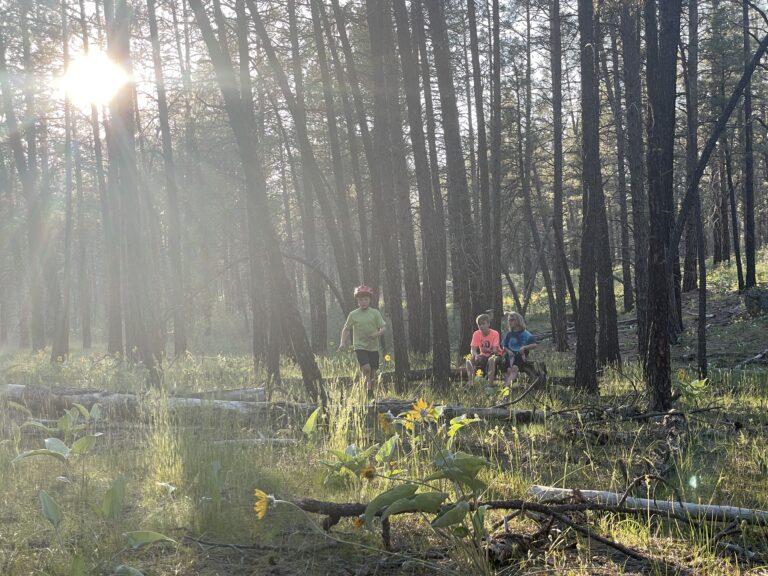By Joel Sattgast
For many individuals, the change in seasons provides an opportunity to unplug, enjoy a few more seasonal beverages or holiday treats, and to begin strategizing for the upcoming season of hiking, camping, running, biking, and other outdoor activity of choice. However, due to the wide-ranging opportunities available year-round within the Northwest, we often shift to a different activity or sport with little thought for recovery and overall energy availability.
This concept of “energy availability” is emerging throughout sport and recreational activity due to renewed emphasis from clinicians, researchers and organizations. So, what is energy availability and why should you care?
First, energy availability identifies the amount of energy your body can provide to aspects of health, wellness and performance. As the internal demand goes up (e.g. stress, illness) the external availability (i.e. activity) diminishes. Second, energy availability is strongly linked with Relative Energy Deficiency in Sport (REDs). REDs has been strongly linked with both physiologic (e.g. risk of bone stress injuries and fractures, altered reproductive function, reduced immunity) and psychologic (e.g. anxiety and depression) impairment for individuals dealing with prolonged diminished energy availability.
Unfortunately for residents of the Inland Northwest, a trifecta of contributing factors significantly increases the risk for altered energy availability throughout the winter months. These include: 1) diminished sun exposure and vitamin D synthesis, 2) reduced recovery and altered sleep, 3) restrictive eating negatively impacting nutrient intake (e.g. New Year’s weight-loss resolutions).
Despite these factors, a few relatively straight-forward habits and behaviors can significantly improve overall energy availability and reduce the risk for injury and set back in winter months. First, each of our ecosystems respond differently to life demands. If you’ve not had a physical to better understand your body’s overall health, blood work to examine macro- or micronutrient deficits (among other factors), or other health and wellness testing completed in the last 2-3 years, now’s a great time to complete this. Don’t guess—assess!
Next, your body requires a seasonal ‘reset’ just like the natural ecosystem all around us in the Northwest. The seasonal ebb and flow is a great example for our own ecosystem. Begin by intentionally planning to unplug and renew your emphasis on recovery and improved sleep hygiene. Load and stress associated with running, hiking, biking, paddling and more requires recovery. Shifting to skiing, snowshoeing, climbing, or attempting to maintain peak fitness merely shifts load and does little to foster recovery and increase energy availability. If you’re feeling fatigued, rest!
Finally, if you’ve struggled with a history of injuries (e.g. tendinopathy, stress fractures, muscle strains…to name a few) this seasonal lull can provide the perfect opportunity to positively shift the needle toward improving health and wellness. Adopting a resistance training routine (e.g. 2-3x weekly) is strongly linked to improved bone density, increased muscle and tendon elasticity, improved mood and cognitive performance, and reduced risk of musculoskeletal injury. Unsure of where to start or what’s best considering your unique medical and activity history? Connecting with a licensed health professional trained in musculoskeletal health, wellness and performance can help fast-track your progress and assist in optimizing load for the tissue with the issue.
Want to learn more? Type “2023 IOC REDs statement” into your preferred search engine to find additional information. Wishing you health, wellness and renewed energy in 2024 and beyond!
Joel Sattgast is an outdoor enthusiast, physical therapist, performance coach, and EWU assistant professor.













